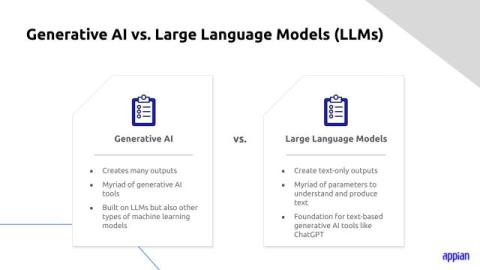Banking Automation: What It Is and How It Works
Banking automation has become a key driver of efficiency and innovation in the financial services industry. As the banking sector strives to meet the demands of customers while managing costs, they’re turning to technology to streamline operations. But what exactly is banking automation, and how does it work? Let’s break it down. Banking automation refers to the use of technology by financial institutions to perform tasks that would traditionally require human intervention.









